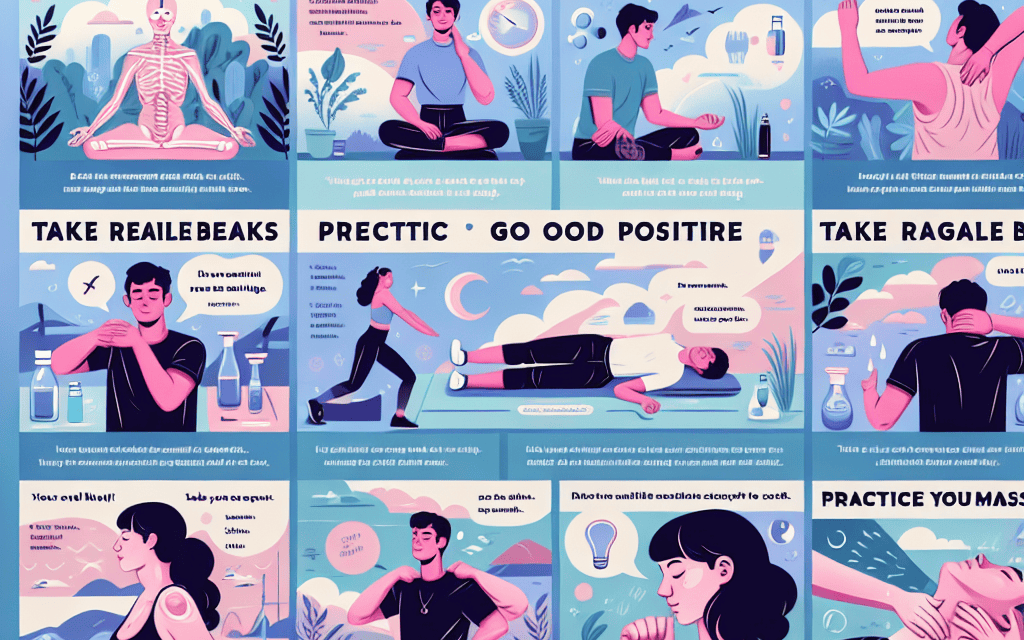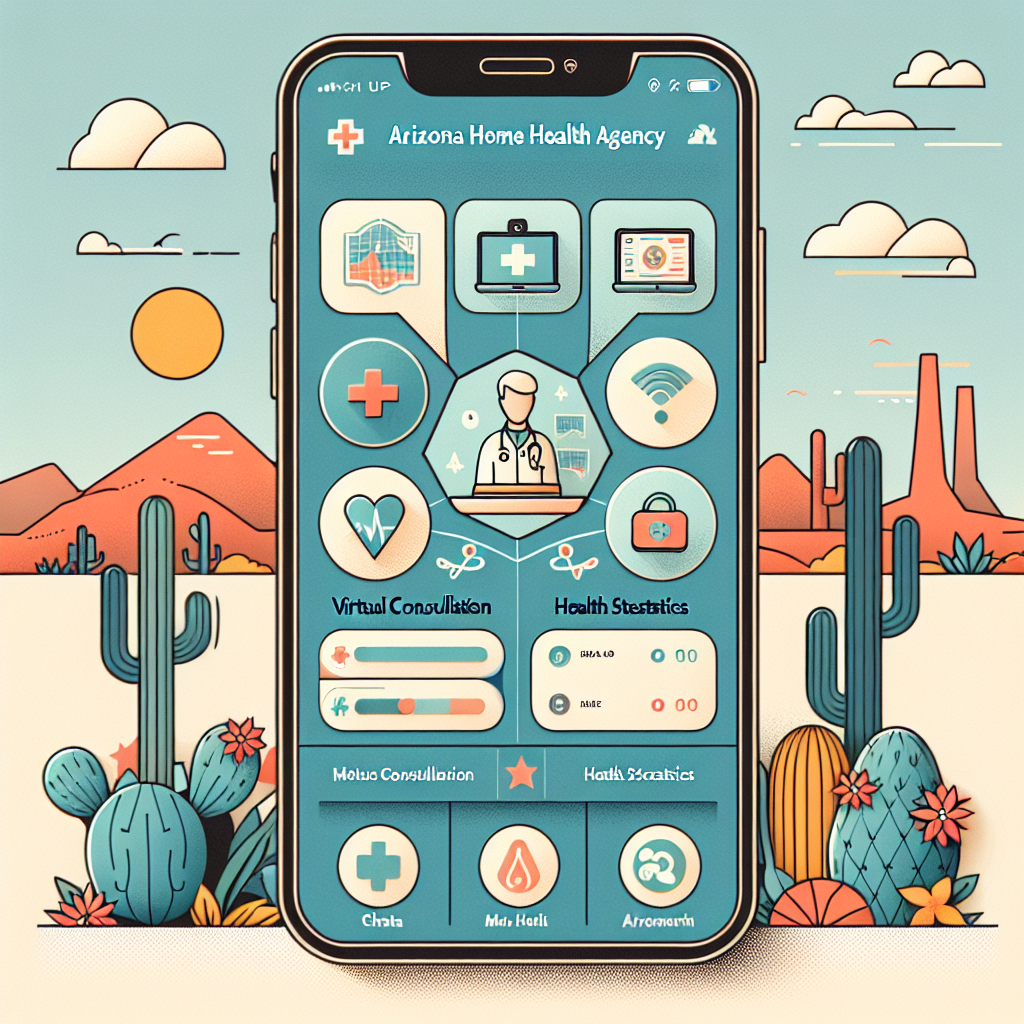Effective Strategies for Easing Muscle Tension After a Long Day
After a long day filled with work, stress, and physical activity, muscle tension can become a common issue. Whether you’re sitting at a desk for hours, lifting heavy objects, or simply navigating the demands of daily life, your muscles can become tight and fatigued. This article explores effective strategies for easing muscle tension, providing you with practical solutions to help you unwind and rejuvenate.
Understanding Muscle Tension
Muscle tension is a natural response to stress, overexertion, or poor posture. When muscles are overworked or under constant strain, they can become tight, leading to discomfort and pain. Understanding the causes and effects of muscle tension is crucial for developing effective strategies to alleviate it.
Muscle tension can manifest in various ways, including:
- Localized pain in specific muscle groups
- Generalized soreness throughout the body
- Reduced range of motion
- Fatigue and weakness
Several factors contribute to muscle tension, including:
- Physical Activity: Intense workouts or prolonged periods of inactivity can lead to muscle tightness.
- Stress: Emotional stress can cause muscles to contract, particularly in the neck, shoulders, and back.
- Poor Posture: Sitting or standing incorrectly can place undue strain on muscles.
- Dehydration: Lack of adequate hydration can lead to muscle cramps and tension.
Recognizing the signs of muscle tension is the first step toward effective relief. In the following sections, we will explore various strategies to ease muscle tension after a long day.
1. Stretching Techniques
Stretching is one of the most effective ways to relieve muscle tension. It helps to elongate tight muscles, improve flexibility, and promote blood circulation. Incorporating a regular stretching routine into your daily life can significantly reduce muscle tension.
Static Stretching
Static stretching involves holding a stretch for a prolonged period, typically 15-60 seconds. This type of stretching is beneficial for relaxing muscles after a long day. Here are some effective static stretches:
- Neck Stretch: Gently tilt your head to one side, bringing your ear toward your shoulder. Hold for 15-30 seconds and switch sides.
- Shoulder Stretch: Bring one arm across your body and use the opposite arm to pull it closer. Hold for 15-30 seconds and switch arms.
- Hamstring Stretch: Sit on the floor with one leg extended and the other bent. Reach toward your toes on the extended leg and hold for 15-30 seconds.
Research shows that static stretching can improve flexibility and reduce muscle soreness. A study published in the Journal of Strength and Conditioning Research found that participants who engaged in static stretching after exercise reported less muscle soreness compared to those who did not stretch.
Dynamic Stretching
Dynamic stretching involves moving parts of your body through a full range of motion. This type of stretching is often used as a warm-up but can also be beneficial for relieving tension. Examples include:
- Arm Circles: Extend your arms out to the sides and make small circles, gradually increasing the size.
- Leg Swings: Stand on one leg and swing the other leg forward and backward, keeping your core engaged.
- Torso Twists: Stand with your feet shoulder-width apart and twist your torso from side to side.
Dynamic stretching can help increase blood flow to the muscles, preparing them for movement and reducing the risk of injury. Incorporating both static and dynamic stretching into your routine can provide comprehensive benefits for muscle tension relief.
2. Massage Therapy
Massage therapy is another effective strategy for easing muscle tension. It involves manipulating the soft tissues of the body to promote relaxation and alleviate pain. Various types of massage can be beneficial, including:
Swedish Massage
Swedish massage is a gentle form of massage that uses long strokes, kneading, and circular movements. It is designed to relax the entire body and improve circulation. Studies have shown that Swedish massage can significantly reduce muscle tension and improve overall well-being. A study published in the International Journal of Therapeutic Massage and Bodywork found that participants who received Swedish massage reported lower levels of muscle tension and stress.
Deep Tissue Massage
Deep tissue massage targets deeper layers of muscle and connective tissue. It is particularly effective for chronic muscle tension and pain. This type of massage uses slower strokes and more intense pressure to release tightness. While it may cause some discomfort during the session, many individuals report significant relief afterward.
Self-Massage Techniques
If professional massage therapy is not accessible, self-massage techniques can be highly effective. Here are some methods to try:
- Foam Rolling: Use a foam roller to apply pressure to tight muscles. Roll slowly over the affected areas, pausing on tender spots.
- Tennis Ball Massage: Place a tennis ball between your back and a wall. Move your body to apply pressure to tight spots.
- Hand Massage: Use your fingers to knead tight areas in your neck, shoulders, and back.
Self-massage can be a convenient way to relieve muscle tension at home or work. Regular self-massage can help maintain muscle flexibility and reduce discomfort.
3. Heat and Cold Therapy
Heat and cold therapy are effective methods for alleviating muscle tension and pain. Each method has its benefits and can be used in different situations.
Heat Therapy
Heat therapy involves applying warmth to the affected area, which helps to relax tight muscles and improve blood flow. Here are some effective heat therapy methods:
- Heating Pads: Apply a heating pad to tense muscles for 15-20 minutes. Ensure it is set to a comfortable temperature.
- Warm Baths: Soaking in a warm bath can help relax the entire body. Adding Epsom salts can enhance the effect.
- Hot Towels: Soak a towel in hot water, wring it out, and apply it to the affected area.
Research indicates that heat therapy can effectively reduce muscle tension and pain. A study published in the Journal of Physical Therapy Science found that heat application significantly decreased muscle stiffness and improved flexibility.
Cold Therapy
Cold therapy, or cryotherapy, involves applying cold to reduce inflammation and numb pain. It is particularly effective for acute injuries or swelling. Methods include:
- Ice Packs: Apply an ice pack wrapped in a cloth to the affected area for 15-20 minutes.
- Cold Compresses: Use a cold compress or gel pack to target specific areas of tension.
- Cold Showers: Taking a cold shower can help reduce overall muscle soreness.
Cold therapy can be especially beneficial after intense physical activity. A study published in the Journal of Sports Sciences found that cold water immersion significantly reduced muscle soreness in athletes after exercise.
4. Mindfulness and Relaxation Techniques
Mindfulness and relaxation techniques can play a crucial role in easing muscle tension. Stress and anxiety often contribute to muscle tightness, so finding ways to relax both the mind and body is essential.
Meditation
Meditation involves focusing the mind to achieve a state of calm and relaxation. Regular meditation practice can help reduce stress levels and promote muscle relaxation. Techniques include:
- Guided Meditation: Use apps or recordings to follow along with guided meditation sessions.
- Mindfulness Meditation: Focus on your breath and observe your thoughts without judgment.
- Loving-Kindness Meditation: Cultivate feelings of compassion and kindness toward yourself and others.
A study published in the Journal of Alternative and Complementary Medicine found that participants who practiced mindfulness meditation reported lower levels of perceived stress and muscle tension.
Deep Breathing Exercises
Deep breathing exercises can help activate the body’s relaxation response, reducing muscle tension. Techniques include:
- Diaphragmatic Breathing: Inhale deeply through your nose, allowing your abdomen to rise, then exhale slowly through your mouth.
- 4-7-8 Breathing: Inhale for 4 seconds, hold for 7 seconds, and exhale for 8 seconds.
- Box Breathing: Inhale for 4 seconds, hold for 4 seconds, exhale for 4 seconds, and hold for 4 seconds.
Incorporating deep breathing exercises into your daily routine can help manage stress and reduce muscle tension. A study published in the Journal of Clinical Psychology found that deep breathing techniques significantly decreased anxiety and muscle tension in participants.
5. Lifestyle Changes for Long-Term Relief
While immediate relief strategies are essential, making long-term lifestyle changes can help prevent muscle tension from becoming a recurring issue. Here are some effective lifestyle modifications:
Regular Exercise
Engaging in regular physical activity can help maintain muscle flexibility and strength, reducing the risk of tension. Aim for a balanced routine that includes:
- Cardiovascular Exercise: Activities like walking, running, or cycling improve overall fitness and circulation.
- Strength Training: Building muscle strength can help support proper posture and reduce strain on muscles.
- Flexibility Training: Incorporate yoga or Pilates to enhance flexibility and promote relaxation.
A study published in the American Journal of Preventive Medicine found that individuals who engaged in regular physical activity reported lower levels of muscle tension and stress.
Ergonomic Adjustments
Making ergonomic adjustments to your workspace can significantly reduce muscle tension caused by poor posture. Consider the following:
- Chair Height: Ensure your chair is at the correct height to support your back and allow your feet to rest flat on the floor.
- Monitor Position: Position your computer monitor at eye level to prevent neck strain.
- Keyboard and Mouse Placement: Keep your keyboard and mouse close to your body to avoid reaching and straining your arms.
Implementing ergonomic practices can help prevent muscle tension and discomfort associated with prolonged sitting or repetitive movements.
Hydration and Nutrition
Staying hydrated and maintaining a balanced diet are crucial for muscle health. Dehydration can lead to muscle cramps and tension, while proper nutrition supports muscle recovery. Consider the following tips:
- Drink Plenty of Water: Aim for at least 8-10 cups of water daily, adjusting for activity level and climate.
- Consume a Balanced Diet: Include a variety of fruits, vegetables, whole grains, lean proteins, and healthy fats in your meals.
- Consider Electrolytes: After intense exercise, replenish electrolytes with sports drinks or electrolyte-rich foods like bananas and avocados.
A study published in the Journal of Nutrition found that proper hydration and nutrition significantly improved muscle recovery and reduced soreness.
Conclusion
Easing muscle tension after a long day is essential for maintaining overall health and well-being. By understanding the causes of muscle tension and implementing effective strategies such as stretching, massage therapy, heat and cold therapy, mindfulness techniques, and lifestyle changes, you can significantly reduce discomfort and promote relaxation.
Incorporating these strategies into your daily routine can lead to long-term benefits, including improved flexibility, reduced stress levels, and enhanced overall quality of life. Remember that consistency is key; making small adjustments to your daily habits can yield significant results over time.
Take the time to listen to your body and prioritize self-care. By doing so, you can effectively manage muscle tension and enjoy a more relaxed and fulfilling life.





